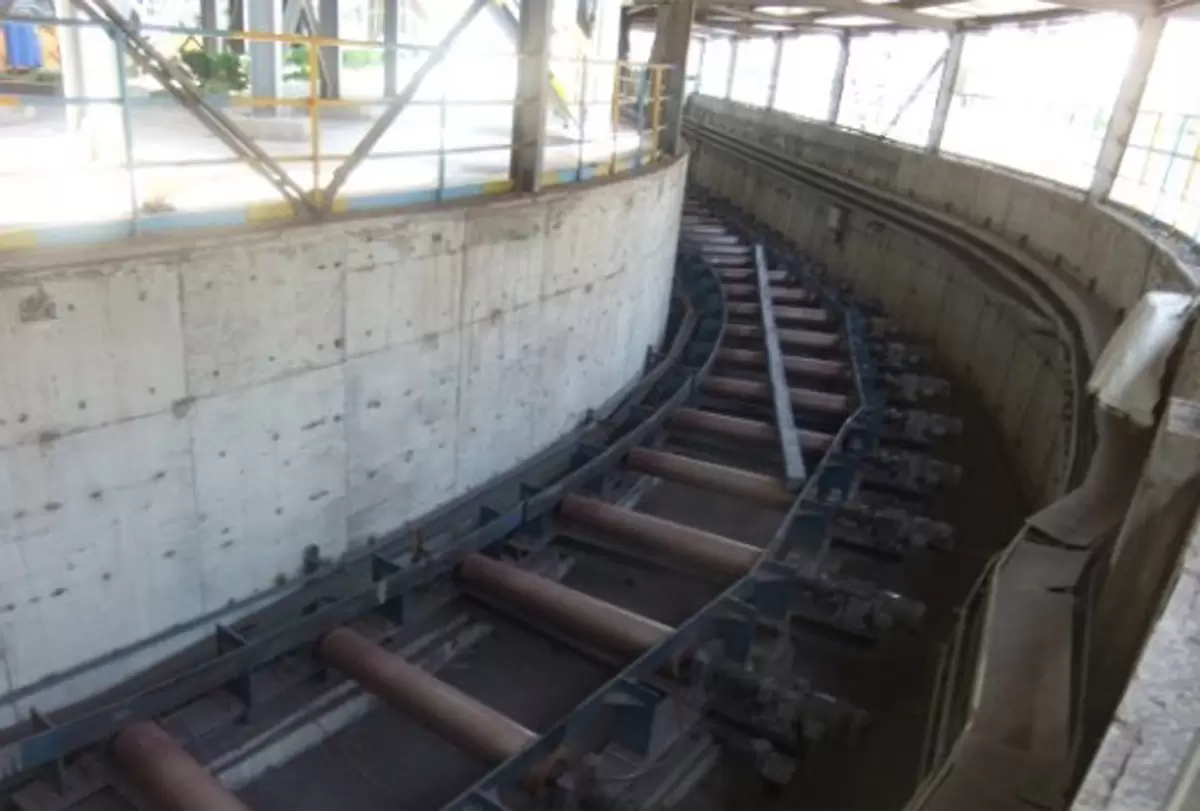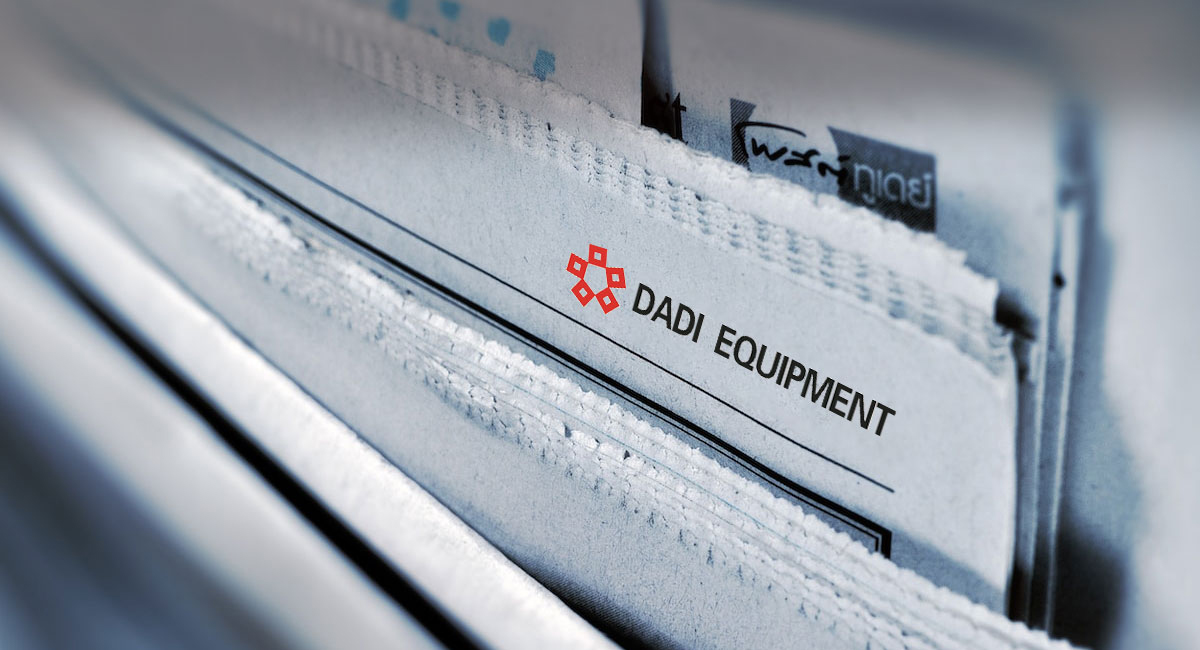2025
Troubleshooting Curved Roller Tables: Effective Solutions for Common Issues
24 Mar.2025
Curved roller tables are essential in material handling and conveying systems, particularly in industries dealing with bulk material transport and high-end metallurgical equipment. These systems ensure the smooth and efficient movement of heavy loads, but operational challenges can sometimes arise, affecting productivity and safety.
Dadi, a company specializing in bulk material conveying equipment and high-end metallurgical machinery, provides solutions to optimize roller table performance. This guide explores common issues with curved roller tables and effective troubleshooting strategies to maintain efficient operation.
Common Issues and Solutions
1. Misalignment of Rollers
Symptoms:
Uneven load distribution
Increased wear on specific rollers
Material deviation from the intended path
Solutions:
Regularly inspect roller alignment and make necessary adjustments.
Use precision leveling tools to ensure uniform height across all rollers.
Implement tracking systems to maintain proper alignment.
2. Excessive Wear and Tear
Symptoms:
Roller surface deterioration
Increased friction and resistance
Frequent roller replacements
Solutions:
Select durable, wear-resistant roller materials suited for the application.
Apply proper lubrication to reduce friction and extend service life.
Schedule routine maintenance to monitor wear levels and replace rollers as needed.
3. Reduced Conveyor Speed or Stoppage
Symptoms:
Slower material movement than expected
Sudden halts in conveyor operation
Overheating of motor components
Solutions:
Check for obstructions in the roller path and remove any debris.
Inspect motor and drive systems for faults or inadequate power supply.
Ensure that load distribution remains within the conveyor’s capacity.
4. Unstable or Noisy Operation
Symptoms:
Excessive vibrations or loud operational noise
Material instability during conveyance
Loose roller components
Solutions:
Tighten all fasteners and ensure secure roller mounts.
Inspect bearings for damage and replace if necessary.
Use vibration-damping mounts or shock-absorbing roller materials.
5. Inefficient Load Transfer at Curved Sections
Symptoms:
Material accumulation at curved sections
Uneven speed across the conveyor system
Increased risk of material spillage
Solutions:
Optimize roller spacing and diameter to ensure smooth transitions.
Adjust roller angles to minimize excessive force on materials.
Utilize guiding mechanisms such as side guards or adjustable rollers to maintain directional stability.

Best Practices for Maintaining Curved Roller Tables
1. Regular Inspection and Preventive Maintenance
Conduct scheduled inspections to identify early signs of wear or misalignment.
Keep a maintenance log to track roller performance and schedule timely replacements.
2. Use High-Quality Components
Invest in rollers with durable coatings and corrosion-resistant properties.
Opt for precision-engineered bearings to reduce friction and enhance operational efficiency.
3. Monitor System Performance
Utilize sensors to track real-time roller performance.
Set up alerts for potential issues such as overheating or misalignment.
4. Optimize System Design
Ensure curved sections have the right radius for smooth transitions.
Consider modular roller table designs for easier customization and replacement.

How Dadi Supports Curved Roller Table Performance
Dadi specializes in designing and manufacturing advanced bulk material conveying systems and metallurgical equipment tailored to industrial needs. The company offers:
Custom-Engineered Roller Tables designed for specific material handling applications.
High-Performance Components that ensure durability and efficiency.
Comprehensive Technical Support from installation to ongoing maintenance.
Automation Solutions for improved system monitoring and control.

Conclusion
Troubleshooting curved roller tables requires a systematic approach to identifying and addressing operational challenges. By implementing preventive maintenance, using high-quality components, and leveraging solutions from industry experts Dadi, businesses can ensure optimal conveyor performance and longevity.
Understanding the Curved Roller Table: A Comprehensive Guide to Its Usage in Industrial Settings








